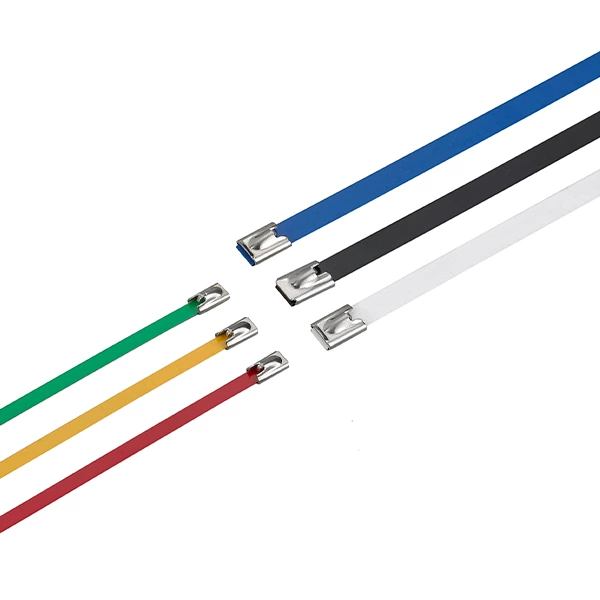How To Choose The Specifications And Models Of Stainless Steel Cable Ties?
Stainless Steel Cable Tie is a commonly used fixing tool. It has many specifications and models. Many friends do not know how to choose specifications and models. Once the specifications and models are not selected properly, it will affect the tightening effect. This article will introduce the common specifications and models of cable ties, and explore the selection methods to ensure the use effect and safety of the selected cable ties.
1. Common specifications and models of cable ties
The specifications and models of cable ties are usually determined by the following aspects:
Width: The width of cable ties usually has multiple specifications such as 3.6mm, 4.6mm, 7.9mm, 12mm, etc. The larger the width, the stronger the carrying capacity of the cable tie.
Length: The length of the cable tie can be customized according to specific needs. Usually, there are multiple lengths such as 100mm, 200mm, 300mm, 400mm, etc. to choose from.
Thickness: The thickness of the cable tie directly affects its strength and durability. Common thicknesses are 0.25mm, 0.3mm, 0.4mm, etc.
Temperature resistance: Stainless steel cable ties need to have higher temperature resistance in some special environments. You can choose temperature-resistant cable ties, which can generally withstand temperatures above 500°C.
Locking method: There are two locking methods for cable ties: self-locking and ball-type. Self-locking cable ties can be locked and fixed by themselves, while ball-type cable ties require tools to lock.
Surface treatment: The surface treatment of cable ties usually includes exposed stainless steel surface and nylon-coated stainless steel surface. The nylon-coated surface can increase the wear resistance and corrosion resistance of the cable ties.
Load capacity: The load capacity of cable ties varies according to the specific model. Common load capacities include 50N, 100N, 250N, 400N, etc.
2. How to choose the appropriate specifications and models?
Working environment: Consider the environmental conditions of the cable ties. If used in a high temperature environment, you need to choose a cable ties with better temperature resistance; if used in a humid or corrosive environment, you can choose a cable ties with nylon coating to improve its corrosion resistance.
Length requirement: Choose a cable tie of appropriate length according to the size and shape of the object to be fixed. Too long or too short will cause inconvenience in use.
Load requirement: Determine the required load capacity according to the actual use and the weight of the object to be fixed. If the load is large, you need to choose a stainless steel cable tie with larger width and thickness to ensure its load-bearing capacity.
Working environment: Consider the environmental conditions of the cable tie. If it is used in a high temperature environment, you need to choose a cable tie with better temperature resistance; if it is used in a humid or corrosive environment, you can choose a cable tie with nylon coating to improve its corrosion resistance.
Length requirement: Choose a cable tie of appropriate length according to the size and shape of the object to be fixed. Too long or too short will cause inconvenience in use.
Locking method: Choose a self-locking or ball-locking cable tie according to actual needs. Self-locking cable ties are easy and quick to use, while ball-type cable ties require tool assistance.
In addition, due to the different prices of stainless steel cable ties of different specifications and models, you need to choose the appropriate model according to your budget. Within the budget allowed, try to choose cable ties of better quality to ensure effectiveness and safety.



